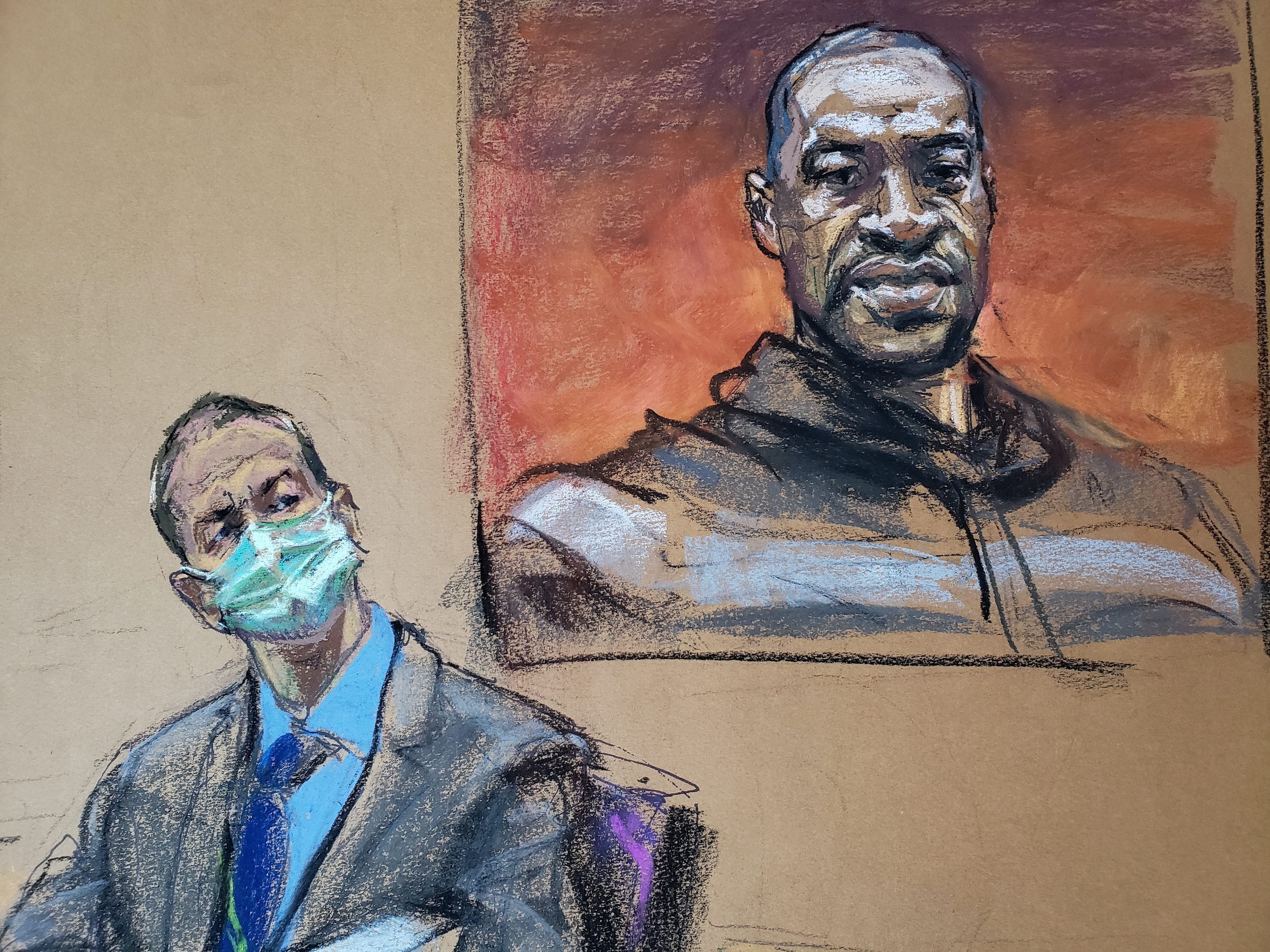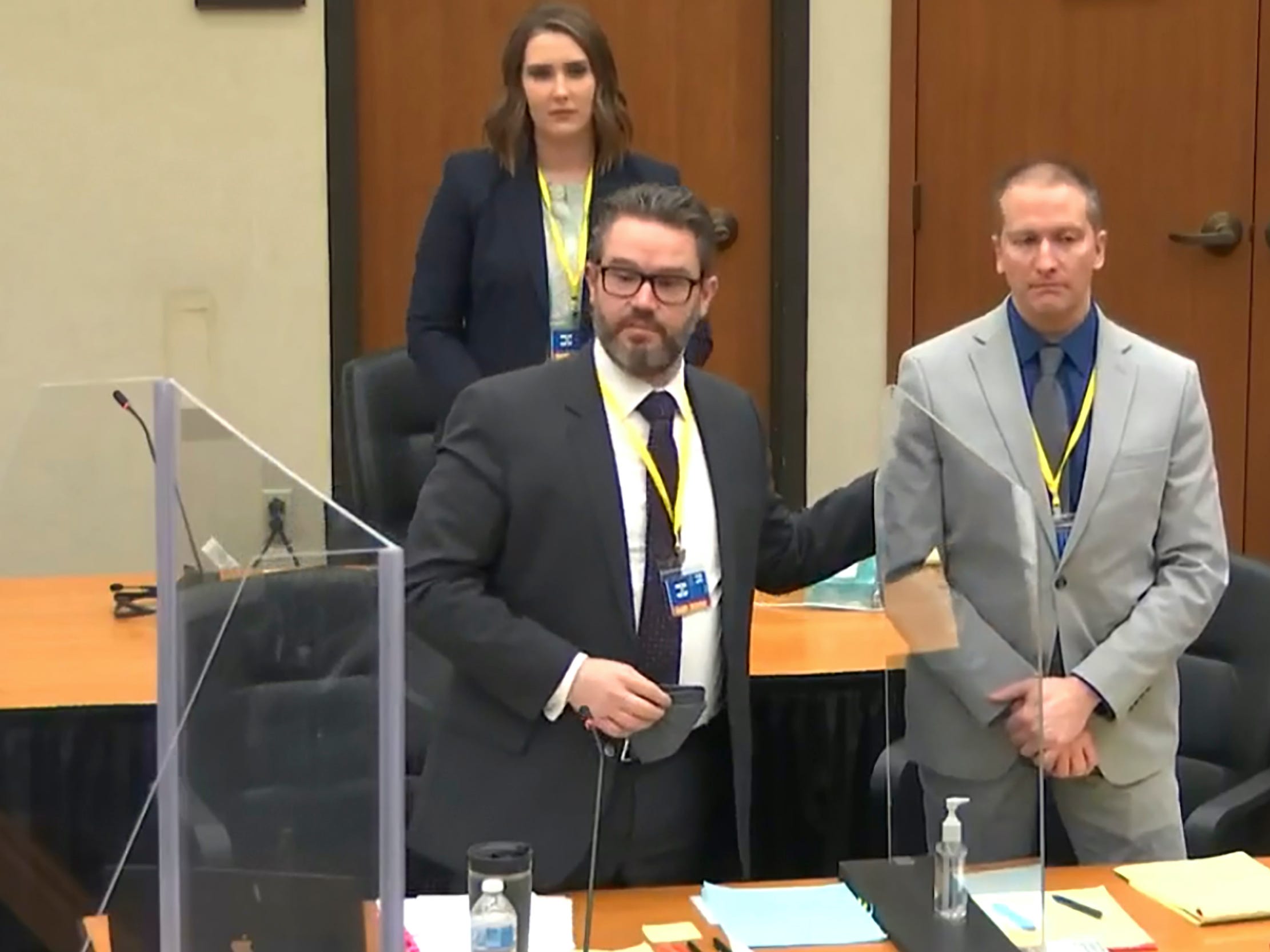
REUTERS/Jane Rosenberg
- Attorneys often dismiss Black jurors using race "proxies" like appearance or demeanor.
- All-white juries are more likely to convict Black defendants and impose harsher sentences.
- It's up to individual judges to ensure attorneys act fairly, experts told Insider.
- Visit Insider's homepage for more stories.
Curtis Flowers spent 23 years in prison for a quadruple murder he didn't commit. After an all-white jury found him guilty, Flowers – who is Black – was sentenced to death.
That was in 1997, long after most Jim Crow laws had been abolished. But Flowers' case revealed the United States legal system's persistent racial discrimination in the jury selection process.
The Supreme Court ultimately overturned Flowers' conviction in 2019. It found that the white prosecutor for all six trials had intentionally removed Black potential jurors, violating the 1986 Batson v. Kentucky ruling that prohibits attorneys from striking jurors based on race.
Because of that ruling, it's unconstitutional to choose jurors based on race. But experts say it still happens all the time. Part of the reason is attorneys know the racial composition of a jury often has a major effect on the outcome of a trial.
Many people closely watched the jury selection for the trial of former Minneapolis police officer Derek Chauvin which started Monday. Chauvin is charged with third-degree murder, unintentional second-degree murder, and second-degree manslaughter for the death of George Floyd. The jury is composed of eight white jurors, four Black jurors, and two multiracial jurors.
All-white or majority-white juries are more likely to convict Black defendants than white defendants.
"There's pretty good evidence that all-white juries are more conviction prone and are more likely to come back with a sentence of death than more diverse juries," Samuel Sommers, Professor and Chair of the Department of Psychology at Tufts University, told Insider.
Because of this, prosecutors in cases with Black defendants will often dismiss Black potential jurors in order to get a mostly white jury that's less sympathetic to defendants. And, experts say, Batson v. Kentucky can be extremely easy to get around.
James Coleman Jr., the John S. Bradway Professor of Law and Director of the Center for Criminal Justice and Professional Responsibility at the Duke Law School, told Insider it's easy to use "race-neutral" justifications to dismiss a potential juror.
"Those proxies can include residency in a high-crime area, personal experience with police abuse, or previous experience as a witness in a case," Coleman said.
"It happens a lot," Sommers said of attorneys dismissing potential jurors based on race. "We know this from data analysis, anecdotal examples, and training manuals that various prosecuting offices have put out over the years."
One such manual is the infamous "Top Gun II" cheat sheet, which contained a list of "race-neutral" justifications prosecutors could use to remove potential jurors of color. "Top Gun II" was distributed to North Carolina state prosecutors in 1995, and its language was used to select all-white juries for at least three trials, one of which led to a life sentence and two of which led to the death penalty for the defendants.
Justifications included in the cheat sheet included "inappropriate dress," "tattoos," "hairstyle," and "attitude."
Coleman says that lack of "sophistication" could be used as a proxy for working-class brown and Black people. During jury selection for the trial of Minneapolis police officer Derek Chauvin for the murder of George Floyd, Judge Peter Cahill allowed the dismissal of Juror 1, a Hispanic potential juror, saying "she's not a sophisticated juror."

Court TV Pool/Associated Press
Defense attorney Eric Nelson also struck potential jurors of color who had negative views of or experiences with law enforcement. That "bias" could be seen as racially-coded, as Black Minneapolis residents are 22 times more likely to be victims of police violence than white residents, according to Mapping Police Violence.
The prosecution in the Chauvin trial challenged Nelson's dismissal of two Hispanic potential jurors, saying the decision was based on race. However, the judge sided with the defense, saying, "I see no pattern whatsoever from the defense of striking racial minorities."
Even when a person of color makes it onto the jury, it's likely they will be "steamrolled" by white jurors, Coleman said. Attorneys will often try to select a more vulnerable Black juror such as an elder or immigrant, someone perceived as "not likely to stand up to 10 or 11 white people."
"That person is put under enormous pressure, and the prosecutors know that," Coleman said. Two of the four Black jurors in the Chauvin trial are immigrants who expressed general respect for police and neutral views on US race relations. The other two Black jurors also expressed moderate views on police.
Legal experts debate whether there exists a solution to the pervasiveness of racial bias in jury selection. Because it's so difficult to define exactly how racial biases influence individual juror dismissals, it's often individual judges' discretion how lawyers question potential jurors to ensure that the same standards are applied across the board.
Jury selection is just one piece of a much larger puzzle, Sommers said. Diversifying juries is one step toward reform, but racial bias disadvantages people of color at every level of the justice system. And those working within that system need to account for those biases, Sommers said.
"There's nothing magical that happens when an attorney or a judge or a juror walks into a courthouse that means they're suddenly free from bias," Sommers said. "We also need to think about what's happening further upstream."
